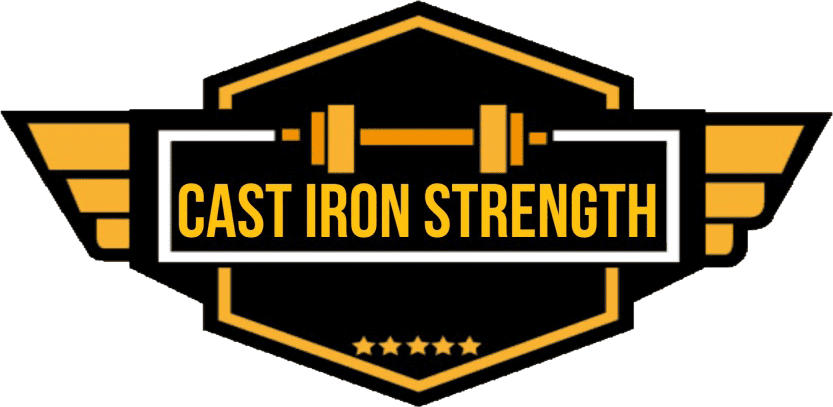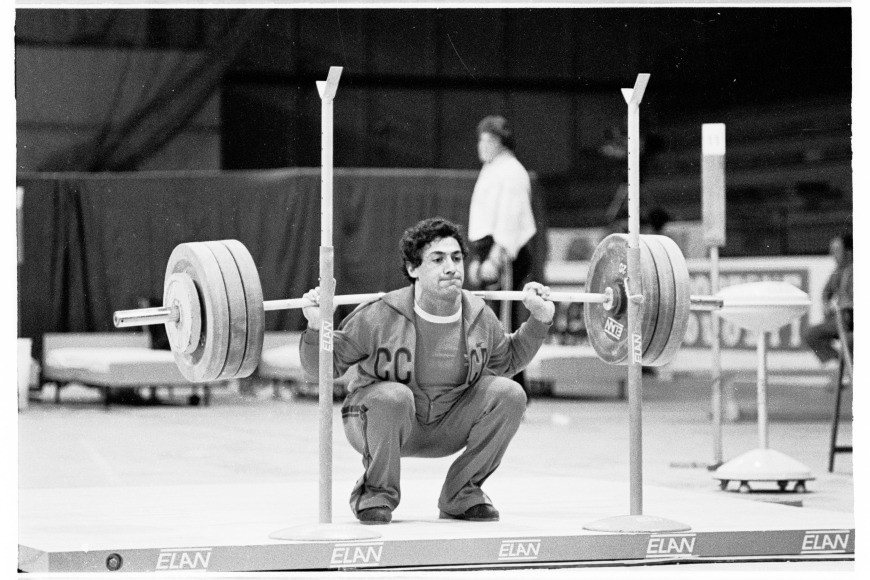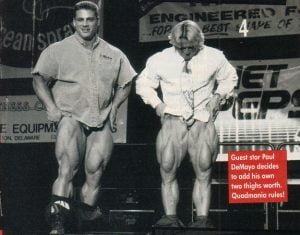The information superhighway was one of many phrases used to describe the Internet, a massive open library where ideas and ideals can be shared instantly to create greater understanding, enhance learning and join the world. One might suggest that these lofty and well-meaning aims might have Tim Berners-Lee feeling somewhat aggrieved at the multiple duck-face selfies and motivational quotes for the terminally apathetic.
Instagram and Facebook have allowed many personalities gain popularity and make financial waves by showing their physical prowess and knowledge. The Golden Age of lifting should, therefore, be upon us with this accessible world of instant recording and posting feats of strength and excellence to spur us into furthering our own endeavours. Sadly, we are not there yet, for every legitimate marvel there are a hundred high squats and bounced or half rep bench presses, not to mention that the notion of locking out a deadlift appears to be as mythical as unicorn tears.
On the flip side to this are other individuals who feel compelled to comment on “less than perfect form” when an outstanding lifter pushes the envelope and has a small breakdown in form. There is a world of difference between struggling against a heavy load during a maximum effort as opposed to the reckless indiscipline of poor form.
Let me very clear on this, engaging with either the “high squatter” or the “trained-for-6-weeks-professor” is to be avoided, with the enthusiasm one avoids burning chemical factories. There is no reasoning, the beautifully crafted and informative phrase “hater” appears to be popular, as does the use of poorly researched diagrams and theorems.
This is where each trainee should keep their own counsel and strive for zen-like excellence when lifting. Every trainee without a serious long-term disability should squat to depth consistently, not just for performance benefits but for their own self-esteem and worth. If there is any doubt about the gains deep squatting can garner then one should pay attention to powerlifters and Olympic lifters who squat deep and upright and have a look at the thigh development. “Muscle moves weight” so there is no reason not to try to add a little muscle – lightweight super-lean lifters aside.
There exists some debate as to whether bench pressing should be touch-and-go or paused with each side having significantly more traction than full vs quarter squats. My own thoughts are that nothing feels as secure and gives as much feedback as a carefully lowered and paused bench press. The notion that I can hold that weight for a couple of seconds and then press it gives me more confidence than a heavier more bounced affair. There is no question whether bench press should be to the chest or to the invisible barrier that seems to exist in many commercial gyms.
The deadlift is one of the more unforgiving lifts which levels the playing field for many of the high squatters and the bouncing bench pressers, if a lifter bench presses more than they can lift off the floor then they are either a T-Rex or get an awful lot of help from supportive gear. That said, each lift should be locked out with the chest high and shoulders back, once again, there’s no reason not to. The scapula play a significant role at the top of the lift in keeping this body position – holding that bar at the top of the lift for a little longer than you need to is another insult to the weight you lifted.
Each lift should be an exercise in upsetting, humiliating and frustrating your chosen weight. Lots of great lifters choose multiple sets and reps with a given weight in order to build their lifts and bodies. If you can lift a weight for more than five sets of five reps then that weight can be rightfully be claimed as conquered, a ropey single rep amped on caffeine and bro slaps – less so.
As previously mentioned I have little interest in an individual’s stance on performance enhancing drugs, unless they seek to deceive at the expense of others. It does seem that with a loosening of the rules comes a loss in standards. Supportive suits went from single to triple ply and beyond, knee wraps became longer and in one famous instance was stuffed under a singlet to further reduce the movement of a bench press. Excitingly there seems to be a movement by the top performers, certainly in Britain, to return to a buried squat, a properly paused bench and a solidly finished deadlift. The fractious nature of powerlifting, borne no doubt by frustrations in rules and application have left a sport more obscure than ever. When a Strongman competitor can come to a powerlifting competition and lift the largest weight ever in this country as part of his training for a national strongman competition a week later it’s clear that some unity would help attract top talent. If you’re planning on competing, don’t look at the places where you might win a trophy, look to the organisations with the best standards, unforgiving as they might be.
As I advance in years and experience and stumble along with the same insecurities and doubts as everyone else, probably more than most, I seek solace in the fact that I squat deep, pause my bench presses and lock out my deadlifts, even if my numbers are poor. The pursuit of excellence does not need to be purely numerical. The mastery of technique cannot harm and will most likely assist development and reduce the risk of injury. The use of a few key exercises makes this task more manageable, ideal for a powerlifter, less so for a bodybuilder, although so many good postural and mechanical habits carry across to many lifting variants.
There are many lifters from across the globe that can be seen to be taking pride and care in their lifts and performing them on the highest stages. Cast your critical eye over these lifts, support the sport and encourage good form in person and online, your greatest compliment, however, is to gain strength in a proper fashion that builds your muscles along with your character.
Depth before dishonour.
Author – Phil Malin
Bio –
As I dive into my third decade of largely uneventful loosely organised weight training, I find myself still searching. Searching for a way to increase the weight on the bar, searching for better form, searching for more muscle and searching for greater bar speed.
When I look at my journey I am not entirely convinced that it would make a compelling movie, nor would Hollywood’s A list be seeking to play the role of a bald, overweight white guy in his mid-forties but there are many things that I have learned.
I have lived a life not without stresses, a shift working policeman for over 20 years ending up as a custody Sergeant in North London, now I run my own business, which brings its own demands. I have three kids and over a dozen pets.
Last year I spent four months laying in a hospital bed with pancreatitis, which I was proud to see made it into the top 12 most painful illness according to the NHS. I had lots of complications, infections and operations during my stay and my wife was told I “might” die at least twice and was told to “come now” to see me when I was bleeding relentlessly at the end of my “recovery”
I returned to training almost exactly one year prior to writing this article and I can honestly say that one of the things I longed for in my hospital bed, overlooking the London Eye and St Paul’s Cathedral, was the feeling of a bar in my hands, that and bourbon biscuits.
When I got that bar in my hands it appeared that someone had increased the 20kg bar dramatically, it seems complete inactivity, being nasally fed liquid nutrients, having a transgastric plastic tube coming out of my stomach and losing over 30 kilos in bodyweight is not great for one’s strength.
My journey from weakling to mediocrity continues.





